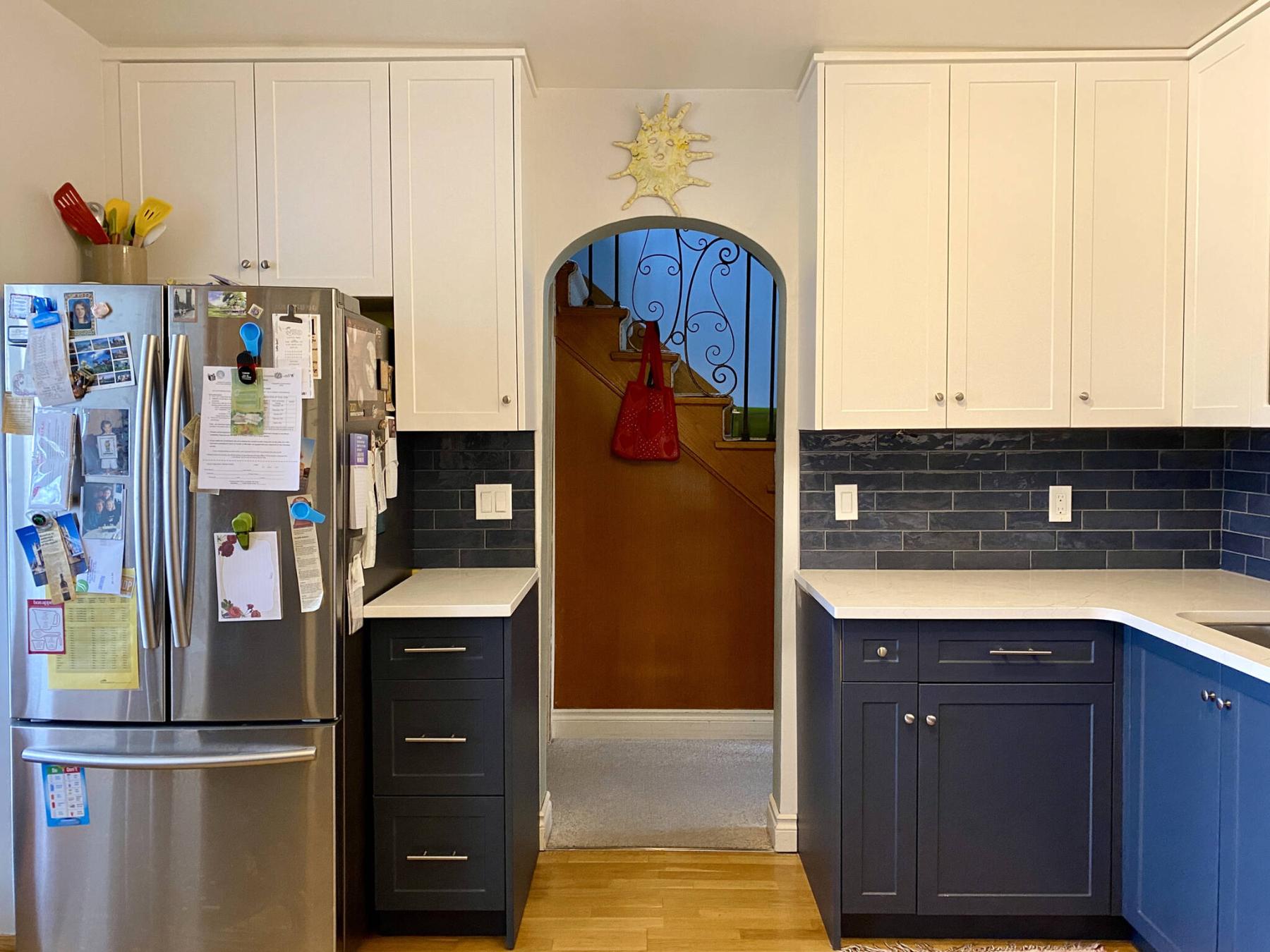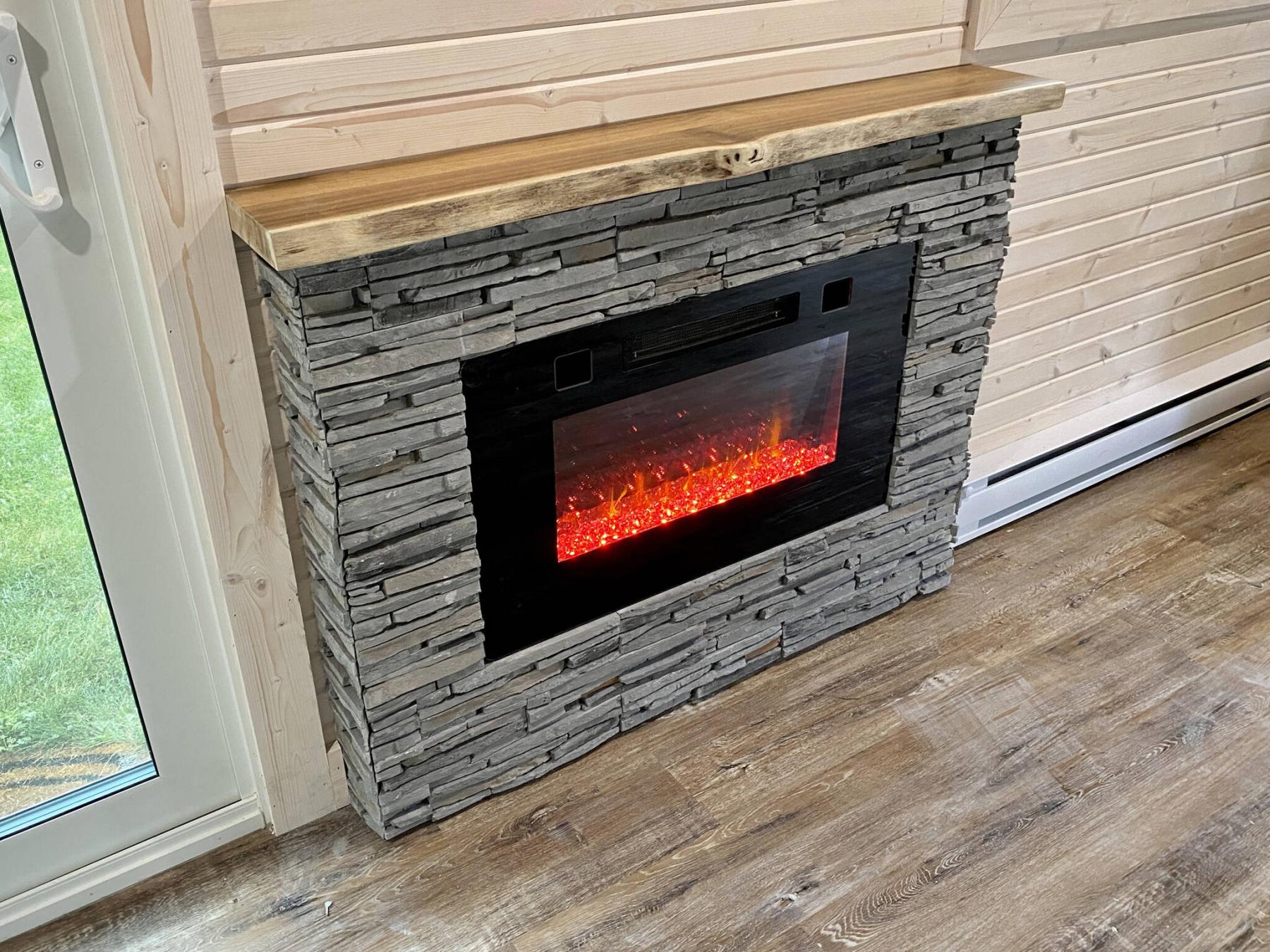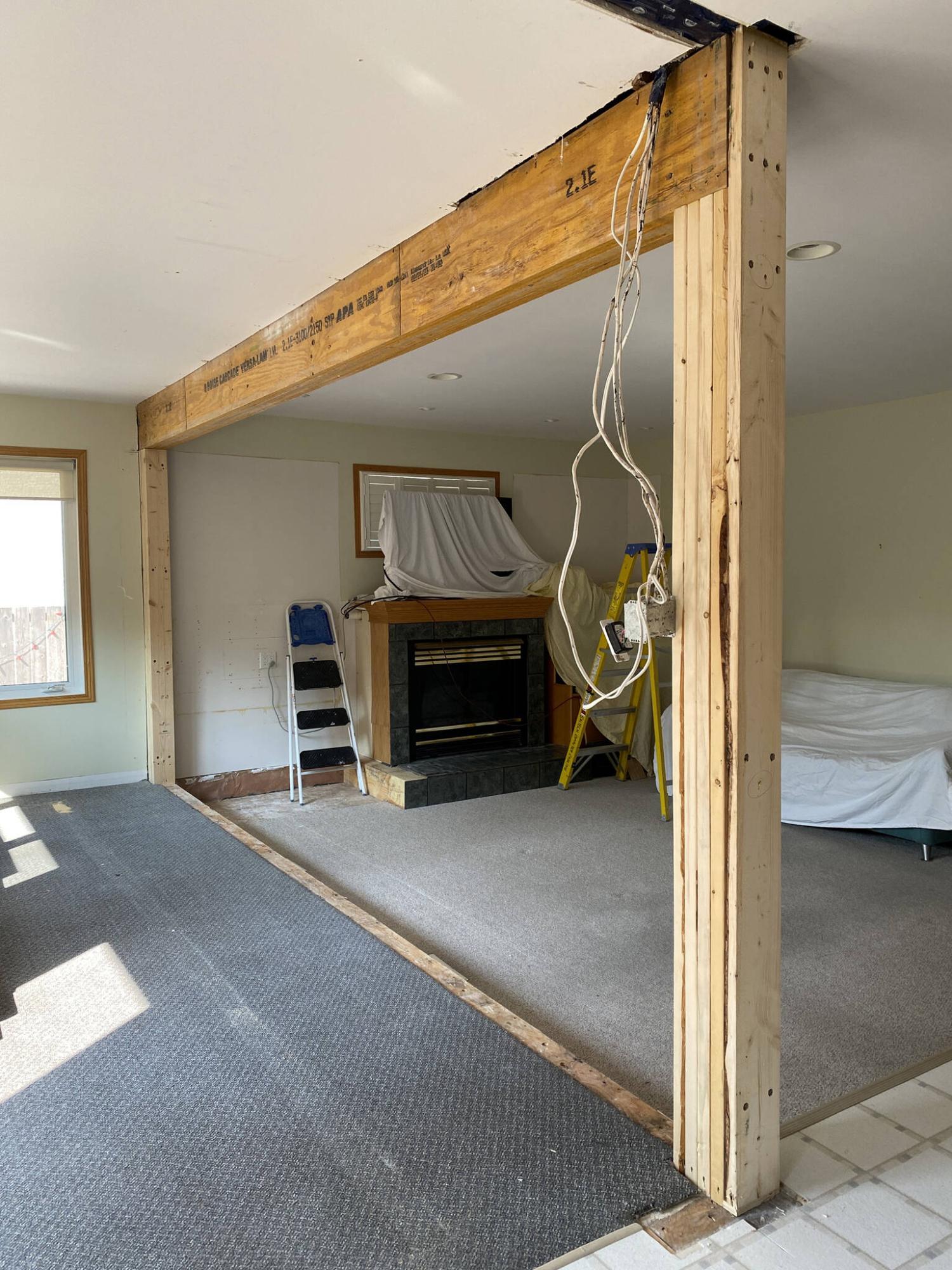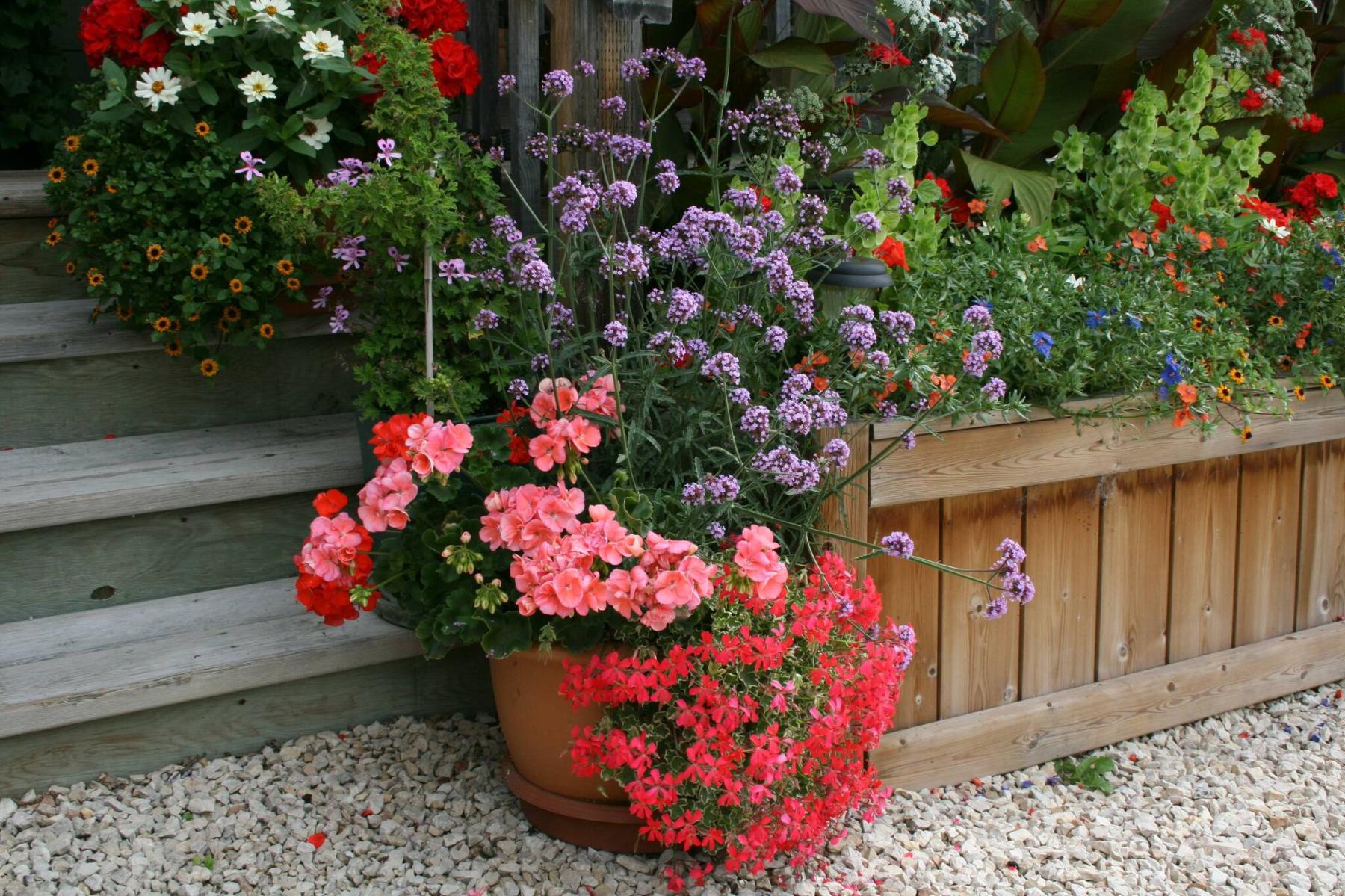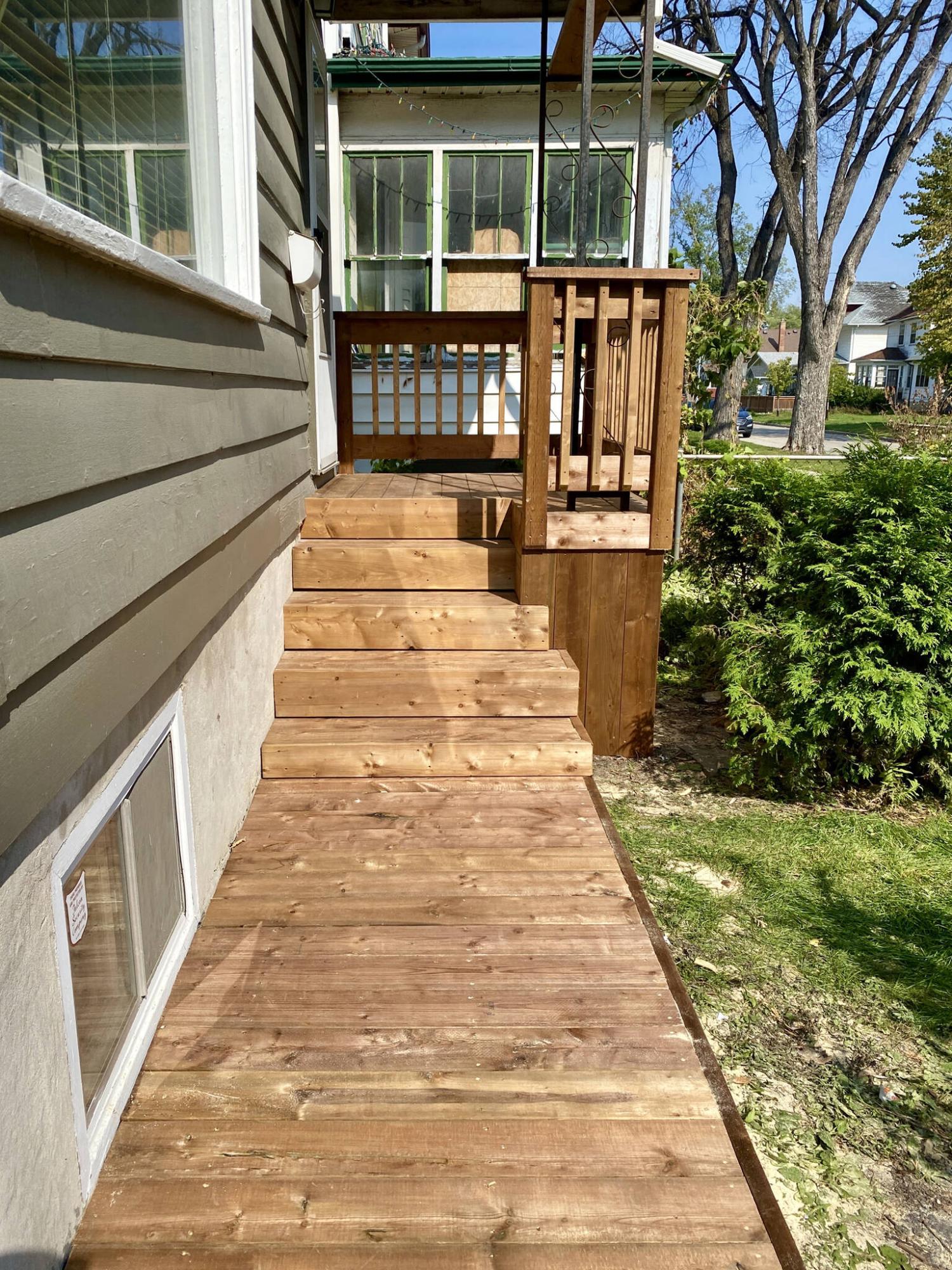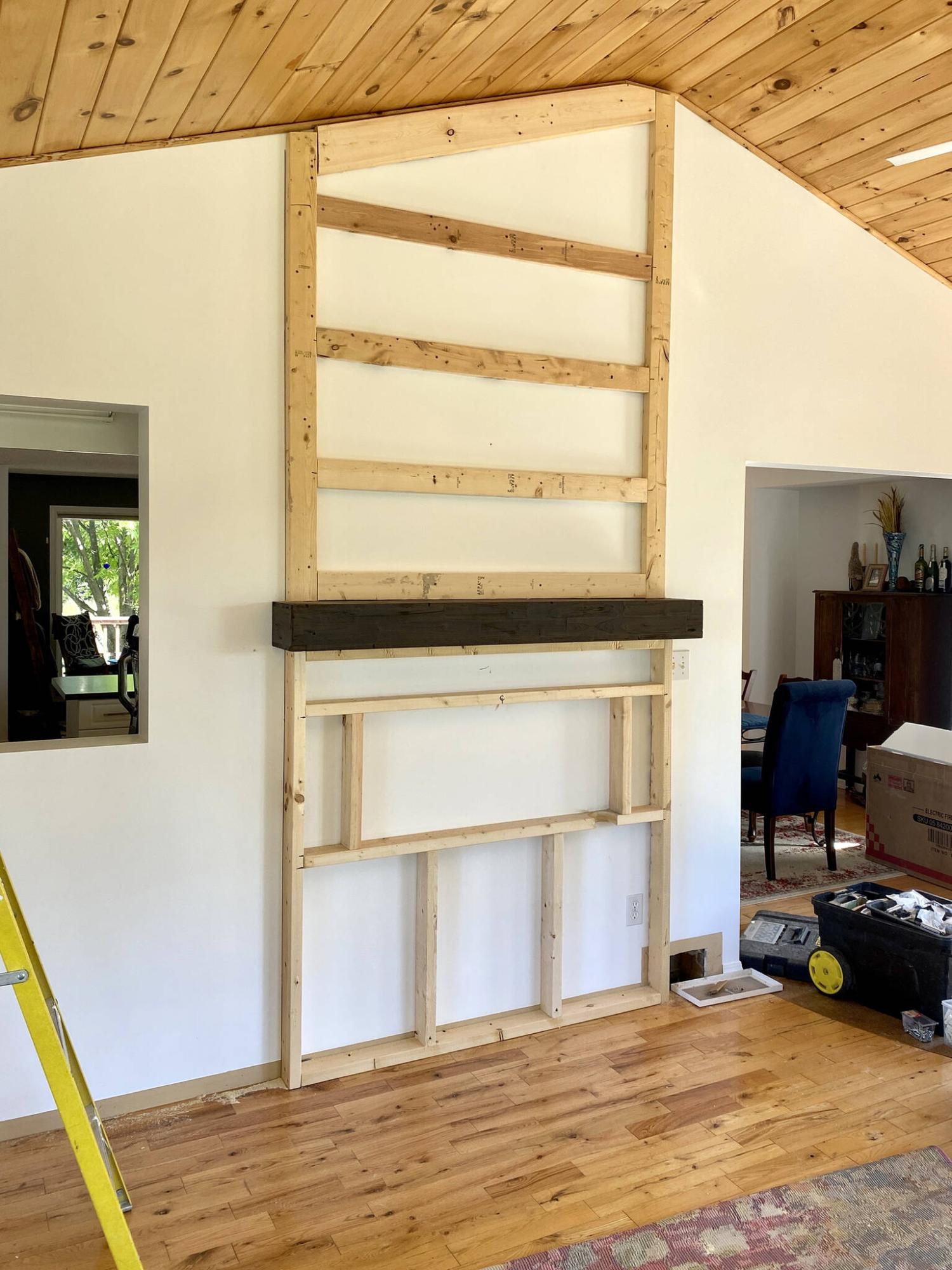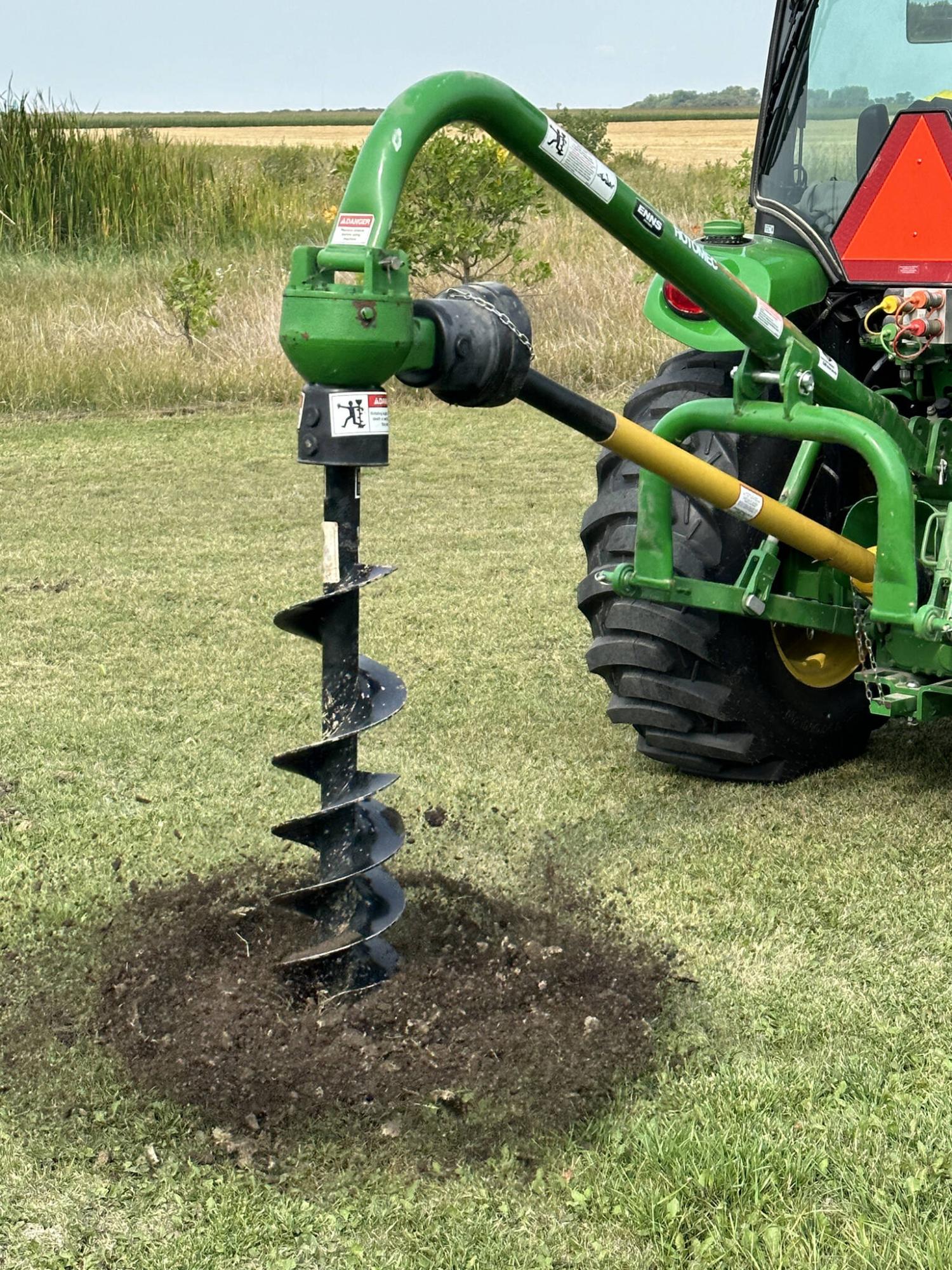Renovation & Design
Renovation & Design
That’s a wrap: The Inspector has retired
Question: What is the state of home inspections in your area, and in general? Are you taking any definitive steps to change things?
Answer: Despite the seemingly usual question and answer format, today’s column will be done to allow me the opportunity to say a fond farewell to all of you faithful readers. After typing more than 24,000 words, for approximately 1,200 columns, it is time to finally pack it in. This naturally follows my decision to retire from almost two and a half decades of providing home inspections in southern Manitoba. I have thoroughly enjoyed receiving and answering all of your excellent questions about your homes, their concerns and problems, and other issues related to home purchases and sales. Many of these early inquiries were handwritten letters received through good, old fashioned snail mail. I appreciate all the time and effort put into those individual writings, as well as the numerous later versions received electronically. It was a tough decision to disallow mail inquiries, but the extra effort to transcribe those was becoming too cumbersome. All those dedicated writers that followed by email can certainly appreciate the modern convenience.
When I started my home inspection company, just before the end of the 20th century, the industry in Canada was in its infancy. For the first decade, or so, I had to explain to family, friends, and others what I was now doing for a living. They certainly understood my previous occupation as a general contractor, specializing in residential and commercial renovations. After denying that my new career had anything to do with the work of municipal building inspectors, I was able to further elaborate. The simplest explanation was that, “I help people who are buying houses make good decisions about whether to buy, or not. They pay me to inspect a house they want to buy and tell them what needs fixing or replacement”. I also explained that this has been a more common service south of the border, but was also gaining traction in Canada. I also noted that I had joined both a provincial and national association of like-minded inspectors, then known as the Canadian Association of Home Inspectors.
Back in the early years there were only a handful of local home inspection companies, mostly belonging to our provincial CAHI chapter. Through the efforts of those pioneers, inroads were made with the real estate industry to realize the major benefits of including a home inspection in the day to day home purchase process. Many local Realtors became proponents of this relatively new industry, after being highly commended by their clients for referring a Registered Home Inspector. This improved their credibility and often led to increased referrals, the lifeblood of a successful career in home sales. The flip side was that some buyers would not remove the inspection condition after a negative review, allowing the offers to lapse, resulting in no sale. Ethical and savvy Realtors realized that a few failed deals were worth the extra work, which often resulted in even more positive feedback and increased referrals. As the popularity grew, it was common for a client to book a pre-purchase inspection three to four days in advance.
In the current decade, and a few short periods in my first 20 years of operation, the real estate market went through phases where home inspection conditions were no longer regularly included in the offers to purchase. This happened despite the provincial government changing the format of the offer to purchase, to include a home inspection and property disclosure statement as a negative option in those documents. The explanation for this troubling phenomenon was that the inclusion would negate acceptance of the offer by the seller, when there was more than a single offer. This started out with very desirable homes, often with multiple high-dollar offers above asking price, which was understandable. Somehow, especially recently during the recent COVID pandemic, the practice became the norm rather than the exception, on the majority of home resale offers.
The continuation of this practice, along with other considerations like a reluctance to climb on slippery ladders at my age, is partially responsible for my decision to retire. Unexplained, dramatic increases in the cost of business insurance, and other costs, are additional factors. A sharp rise in the number of local inspection company start-ups is further shocking, considering the decreasing frequency of inspections. How do these new enterprises, comprised of mostly inexperienced, untested inspectors, hope to survive? Poor inspections by unqualified personnel will only support recommendations against inclusion in offers, by Realtors.
The blame for the deplorable state of home inspections across the country is shared by me and my colleagues, the real estate community, and government agencies reluctant to change antiquated real estate laws that are more than a century old. Changes have been made to allow condominium buyers an extended period of time to back out of offers after reviewing required condo documents. It is mandatory for the seller to provide up to date versions of these docs, so why not provide similar consumer protection to buyers of resale homes? Canadian home inspectors failed to develop a national certification program, despite partial funding from government, and over a decade of mostly volunteer work from multiple stakeholders across the country. That would have levelled the playing field and increased the skill level, leading to better overall inspectors. We dropped that ball, mainly due to regional competitiveness and an unwillingness to surrender control. Look how that worked out, guys!
On a more positive note, I would sincerely like to thank all the wonderful people who have put their faith in me to provide them with help in buying homes, solve nagging problems, and who strive to make their homes better for their families. I would also like to thank all the Realtors, and numerous others in the business community, who have referred my services to their clients, friends, and family over the last 25 years.
Special thanks to the handful of dedicated editors at the enduring Free Press.
Ari Marantz is the recently retired owner of Trained Eye Home Inspection Ltd. and a Registered Home Inspector (RHI)(cahpi.ca). Comments can be e-mailed to the address below:
trainedeye@iname.com

